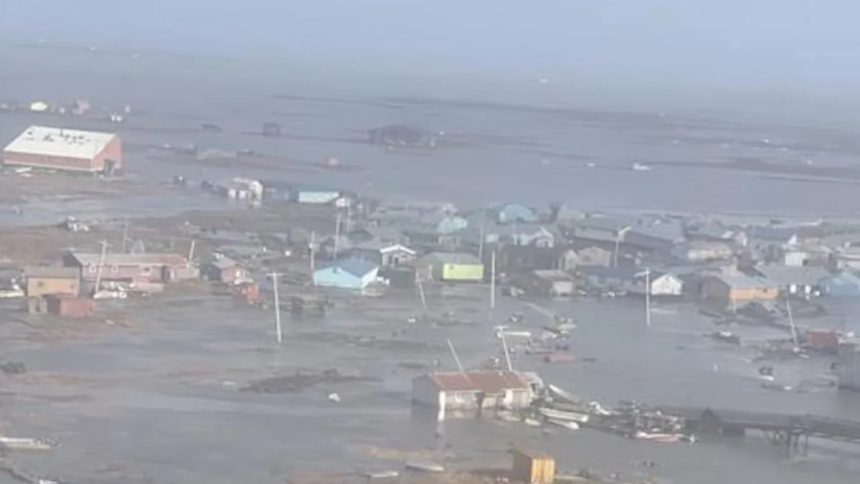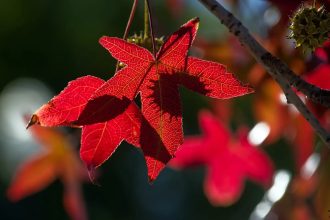Two Alaska Native villages in the state’s remote southwest region suffered major flooding after a coastal storm drove ocean water onto land Sunday, as reported on by Yale Climate Connections.
What happened?
Over 1,500 people evacuated, with Kipnuk and Kwigillingok hit hardest. Officials confirmed that 49 villages throughout the area saw storm impacts.
At least one person died, and two others remain missing. Cell phone networks failed across large sections of the region, compounding the crisis since no highways connect these villages to the rest of Alaska.
At Kipnuk, ocean water rose 6.6 feet higher than typical peak tides, beating the previous 4.7-foot record from November 2000. Water got inside most structures, with some images showing massive flooding.
Captain Christopher Culpepper of the U.S. Coast Guard described the scene, saying, “Several of these villages have been completely devastated, absolutely flooded, several feet deep. This took homes off of foundations. This took people into peril, where folks were swimming, floating, trying to find debris to hold onto in the cover of darkness.”
Why are extreme weather events concerning?
Extreme weather has always existed, but research shows that rising temperatures linked to human activity generally have made storms worse. Storms traveling across warmer ocean surfaces can stay strong or grow stronger, even in far northern areas where they typically lose power.
Scientists found that human activities made the warm Bering Sea temperatures measured one day before the storm four to 10 times more probable.
Kipnuk sits roughly four miles back from the coastline. Floodwaters have hit the village more than 30 times from 1979 onward, including declared disasters in 1979, 1982, 2006, 2009, 2015, and 2022.
Last September, a state analysis warned that Kipnuk required better defenses and laid out improvement strategies. The EPA gave the village $20 million to build protections, but it canceled the grant in May.
What’s being done to protect Alaska Native villages?
Construction to improve Kipnuk’s defenses was set to begin next summer via a program assisting towns facing environmental dangers. Officials there continue searching for alternative money.
Organizations such as the Western Alaska Disaster Relief Fund and Napakiak Disaster Relief are collecting donations to help.
For those in extreme-weather zones, remove vegetation near your house, bring loose items inside, and check your insurance. Call your elected officials to express your support for funding for community protections.
Join our free newsletter for good news and useful tips, and don’t miss this cool list of easy ways to help yourself while helping the planet.









